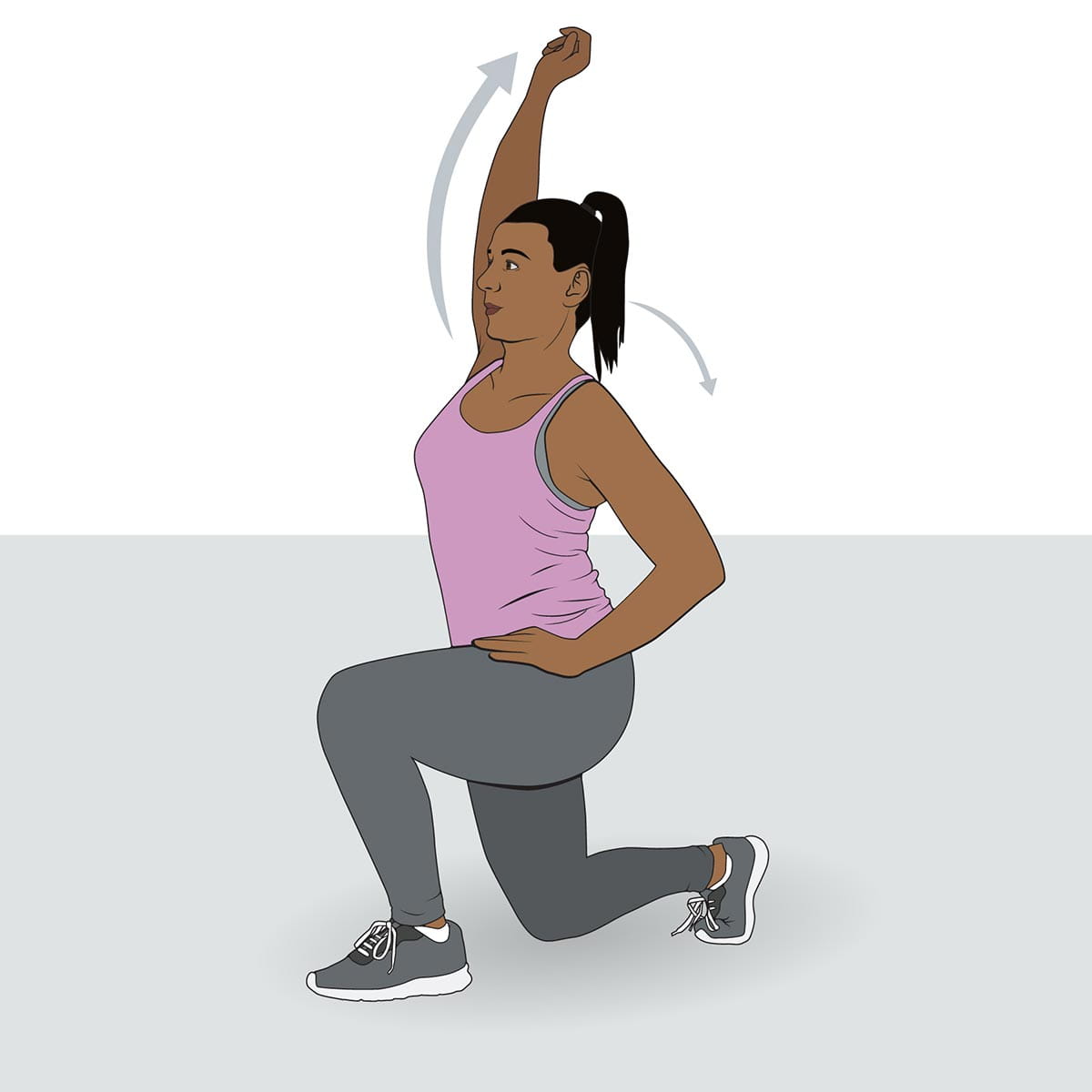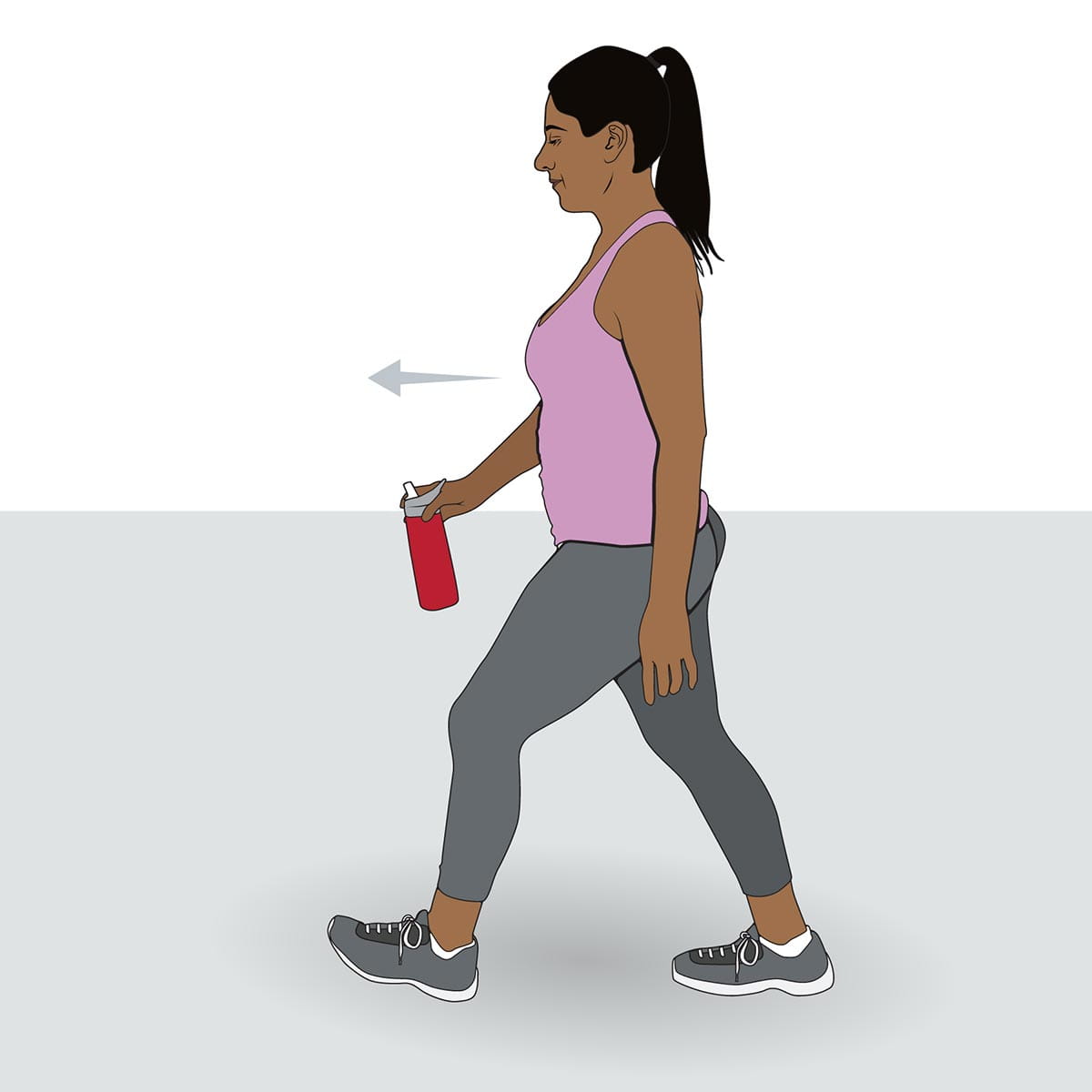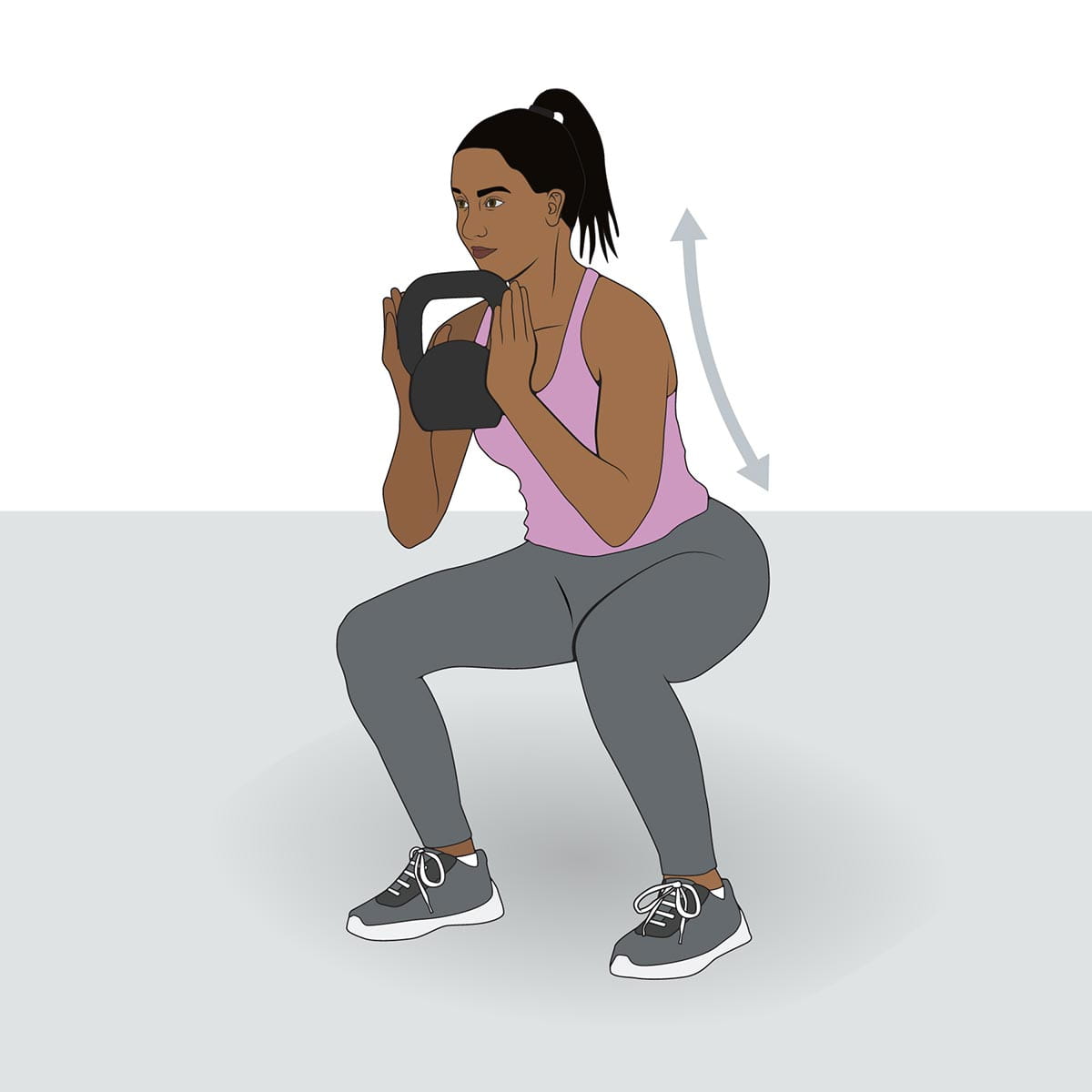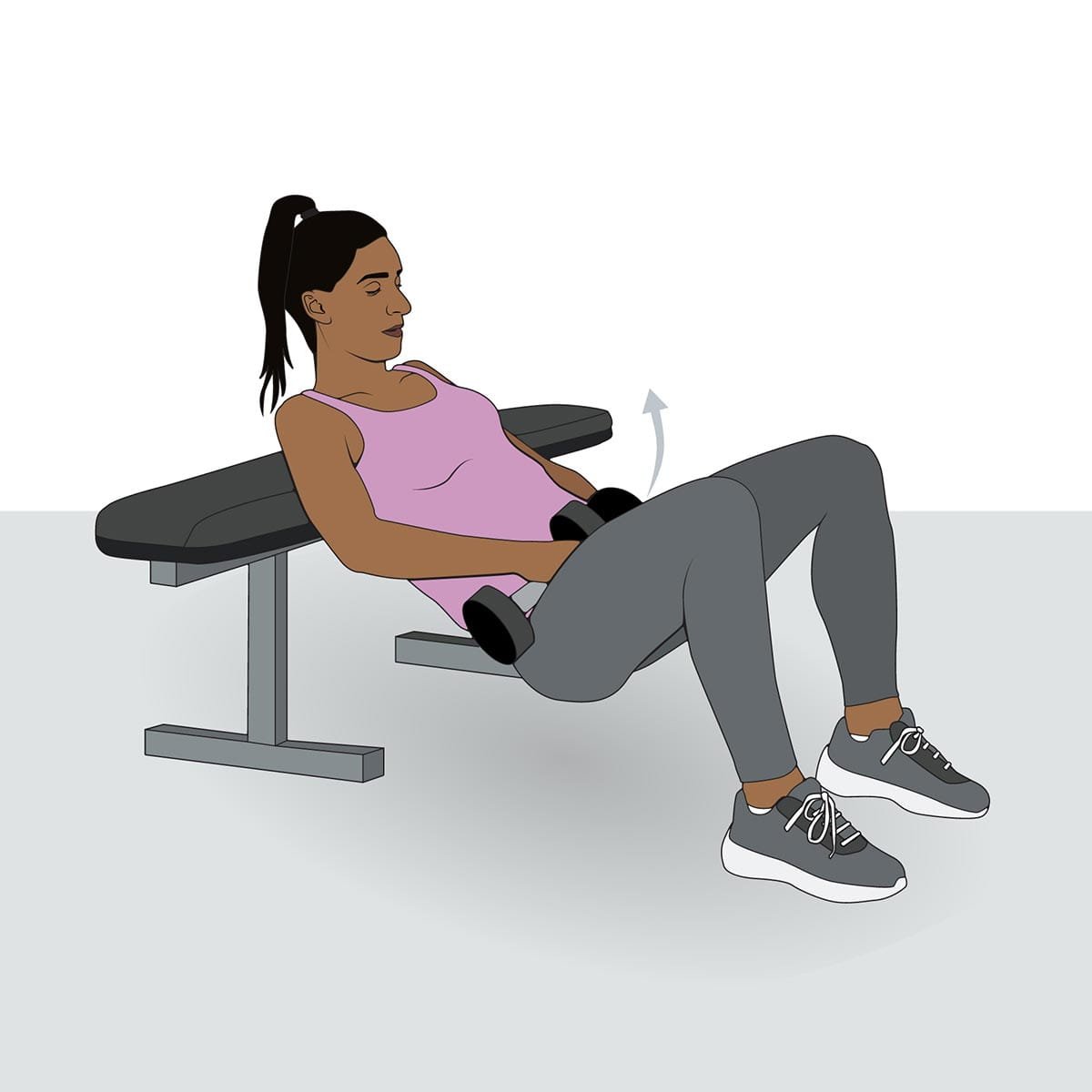
If you exercise regularly, chances are you’ve experienced an injury from time to time. Millions of Americans suffer from knee, hip or back pain every year. What might surprise you, though, is that there’s often a common culprit for these frequent injuries. Here’s a clue: Are you sitting down? Then the answer is right on the edge of your seat.
This common but little-known affliction is referred to as dormant butt syndrome. It’s a growing pattern I see in many patients.
What causes dormant butt syndrome?
Dormant butt syndrome, sometimes referred to as “dead butt syndrome,” indicates that the gluteal or “butt” muscle is failing to work optimally. When gluteal muscles are weak, the muscles and joints around them have to compensate and absorb excess stress and strain.
In most of my patients, I find that dormant butt is often caused by inactivity. Sitting for extended periods throughout the day causes our hip flexors to get tight, which can prevent the gluteal (butt) muscles from contracting properly. Not actively loading and working the gluteal muscles through exercise also keeps the muscles from being able to function optimally, leading to poor shock absorption and motion control of the hip and leg.
What can happen as a result of dormant butt syndrome?
Dormant butt syndrome can lead to everything from hamstring injuries to lower back, hip and knee pain. The entire body works as a linked system, and often when people come in with knee or hip injuries, it’s because their rear end simply isn’t strong enough. The rear end should act as a strong shock absorber and motion controller during exercise and movement. But if it’s weak, other parts of the body pick up the slack, or the body moves in inefficient patterns that can result in injury.
What can you do if you have weak butt muscles?
There are small steps you can take throughout the day to improve your odds of avoiding dormant butt syndrome and its related health issues.




If you experience pain in your hips, back or knees, the first step is to always speak to your doctor. But adding in simple activities throughout the day may go a long way toward preventing those problems from starting.

Ready to be at the top of your game?
Ohio State’s sports medicine experts are here to keep you in your game, maximize your performance and keep you healthy.
Learn more




